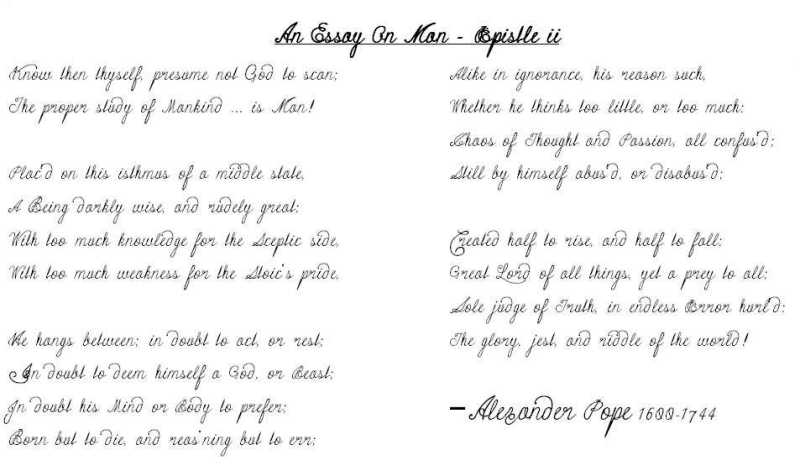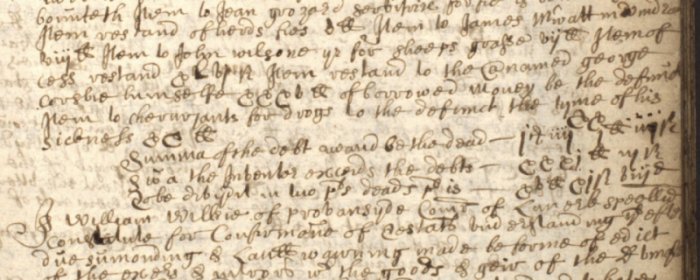
Click HERE to Save this early version of the Font
I seem to always bite off more than I can chew. I debated where to place this posting, but settled here, planning on posting the font in the Gallery once I get it fully functioning.
In Researching 1600 - 1800 Scottish Documents, I encountered numerous letter forms difficult to identify. I felt a need to produce a series of fonts using these forms to introduce them in a more identifiable way to other researchers. Some explanations are necessary.
For “$” is the “ball of twine” that interprets as ‘Scott Money.’
For “8" the character often looks more like a “0" or perhaps “9.”
For “I” the similarity to “J” often makes deciphering difficult. Etc.
All of this worked out great, so I should have been satisfied, but no, not I!
Problems began when I tried to reproduce the required ALTERNATE UPPERCASE glyphs used. They are much larger than all normal caps.
I ASSUMED [yeah, I know, "assume" makes an ass out of you and me] they would stay in the same symbol order when installed, so I could just count from one glyph to the next. They didn’t.
I assumed that I could place any glyph in a box and have access to it as long as I didn’t change the mapping. I don’t. Any alternatives, explanations or New Naming suggestions?
ROMAN NUMERALS are often encountered in “Testaments Dative and Inventories” [similar to Wills] that need to be reproduced. 1 = i, 2 = y [double dotted]. I mapped them all to the appropriate block, but seem to be unable to provide appropriate Microsoft names to make them accessible. Again, any suggestions?
Other problems are:
Small “s” has TWO forms. What changes do I need to make to access both from the keyboard?
Why don’t the forward and backward quotes [$201C & $201D] function?
I added a Greek alphabet. How do I make it accessible?
Future plans are to provide L in various lengths for longer words, and a wider variety of the back bending “d.” But for now, why bother when I can’t find what I have already made?


